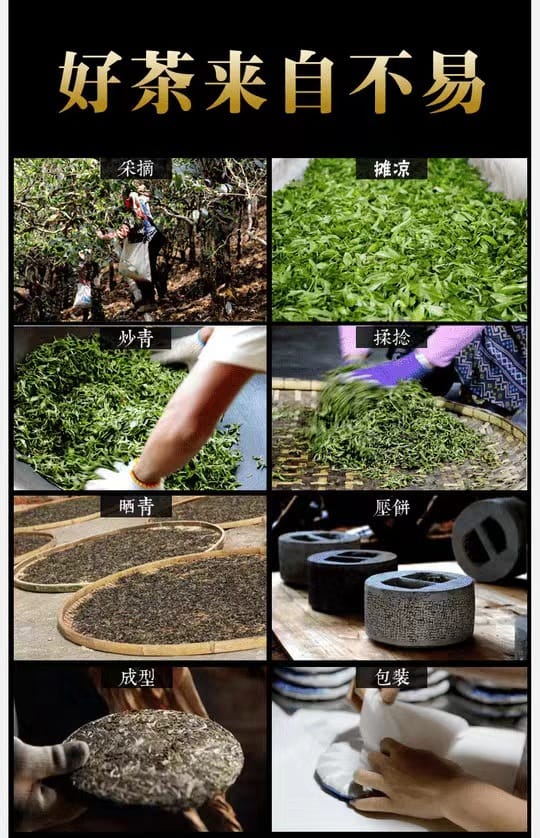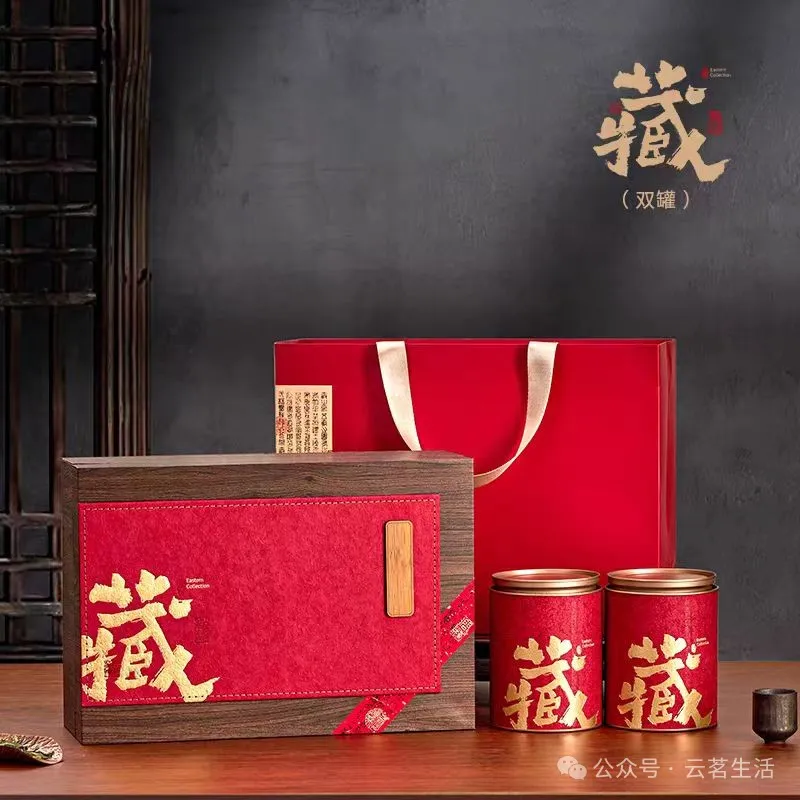Chinese tea culture has a long history, and the ancient people’s attention to tea is amazing. The word “tea” first appeared in the book “Shennong Materia Medica”. The way of drinking tea has evolved for thousands of years, from emperors and generals, scholars and writers to hundreds of people, down to the peddlers and pawners, the common people, all love tea. From the Tang Dynasty, the habit of chewing tea changed to decocting, and the way of brewing tea was endless.

In the Tang Dynasty, the steps of making tea were set, fire, water, grilled tea, milling, Luo tea, boiling water, tea, salt, cultivation, and drinking tea.

In the Song Dynasty, the process of making tea was preparing, burning tea, rolling tea, Luo tea, boiling water, 熁, setting tea, waiting for soup, mixing cream, rinsing and clicking, appreciating soup flowers, smelling and tasting.

In the Ming Dynasty, Zhu Yuanzhang felt that the production process of cake tea and group tea was complicated and cost a lot of manpower and material resources, so he made an order to “change the waste group to disperse, waste steam to fry” and “stop making dragon group, only collect bud tea to advance”.

In the Qing Dynasty, it was popular to cover the bowl tea, brew it directly, and gently stir the tea soup with the tea cover. It can be seen that the ancients pay attention to tea culture throughout various dynasties, and continue to develop and inherit.


Pu’er Dragon Ball Portable Edition
Green pond Puer Tea Dragon Ball

Glass ice drop coffee pot, tea set
Working principle The use of gravity

Jasmine tea bag
Jasmine tea is a kind of

Oolong tea in portable bags
How to Appreciate Appearance: tight rope





